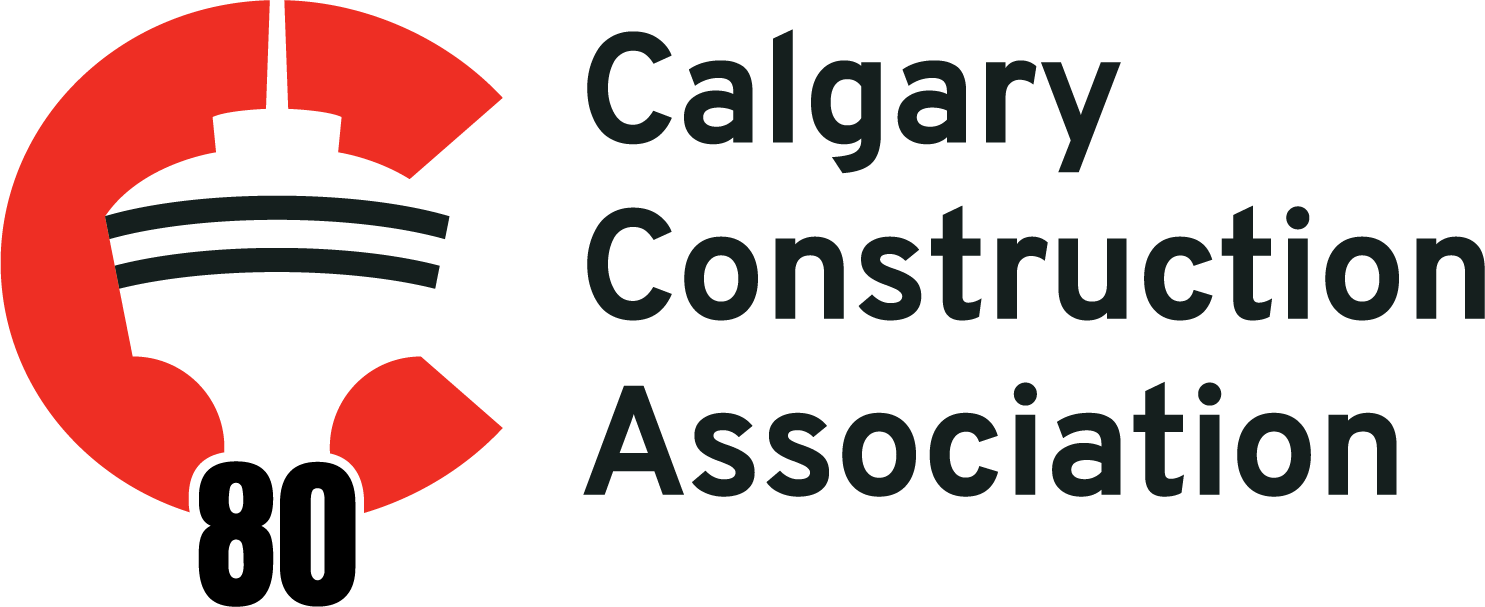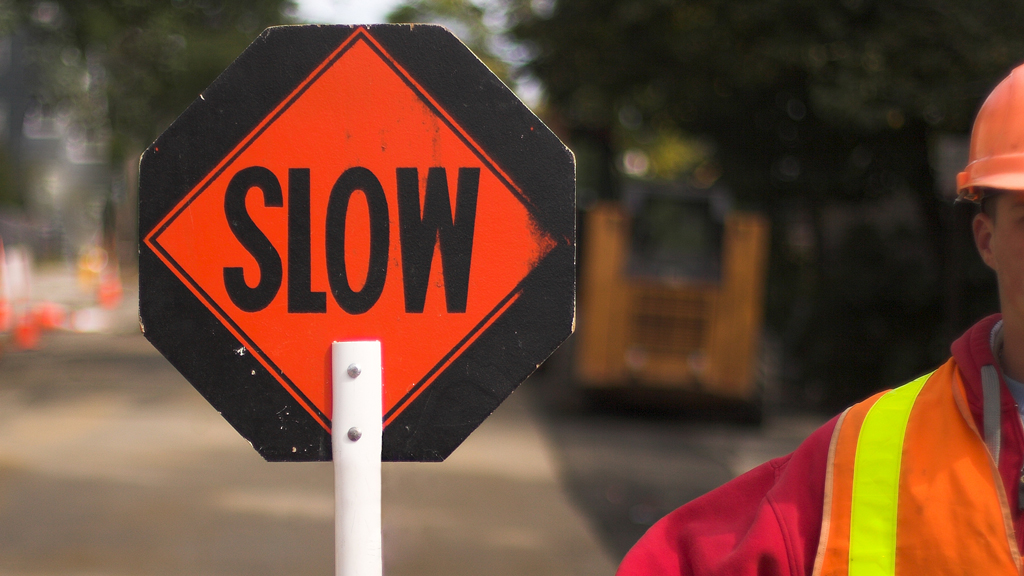New legislation that strengthens safety measures by requiring motorists to slow down when passing road construction and maintenance workers on Alberta’s highway system is being lauded by the industry.
“Alberta’s road construction and maintenance industry puts worker safety first,” says Ron Glen, CEO of the Alberta Roadbuilders and Heavy Construction Association (ARHCA). “This legislation is greatly appreciated because we need drivers to slow down and do their part to make their highways – our worksites – safe and efficient for all.”
Bill 5, the Traffic Safety Amendment Act, 2022, will require all motorists travelling in the same direction to slow down, where possible, to at least 60 kilometres per hour (km/h) or the posted speed limit, whichever is lower, when passing a stopped roadside construction or maintenance industry worker vehicle with its lights flashing. The enhanced roadway safety measures also extend to passing snowplows.
The changes will also require motorists travelling in the opposite direction on single-lane highways to slow down to 60 km/h when passing.
The legislation gives similar protection that first responders and tow truck operators currently have under the Traffic Safety Act.
“There was some confusion in the public about when they saw flashing lights, and so when there’s confusion about the driving rules it actually can increase the level of a potential risk because people don’t know what to expect,” notes Glen.
“It’s now consistent to EMS workers, and the highway maintenance workers are out there more often and are exposed to more traffic than occasional unfortunate emergency type of works, so we’re very supportive of the legislation. But legislation without education and enforcement is not very effective, so we want to make sure that the government puts a good education campaign out there.”
Between March 2018 and March 2021, there were 128 collisions involving snowplows contracted by Alberta Transportation. Since December 2019, there have been 36 near misses and at least 13 serious roadside incidents involving tow trucks and passing vehicles that resulted in injury, hospitalization and even death.
The legislation appears to have public support, as 92 per cent of approximately 15,000 Albertans who responded to an online survey from March 16 to April 6, 2021 approved of requiring all vehicles to provide one lane of space when passing a roadside worker vehicle when its lights are flashing. About 60 per cent of those surveyed indicated they felt the current passing laws were inadequate.
Current fines for passing an emergency vehicle on the side of the road can range from $136 to $826, depending on the speed.
Alberta Municipal Affairs Minister Ric McIver told the province’s legislative assembly the law will allow the government to improve safety on its roads for roadside workers.
“Bill 5 seeks to reduce the collisions and risk of injury and death these workers are up against each day on the job.”
Glen says safety of road construction and maintenance workers has been a major problem over the years.
“The number one risk to construction workers is conflict with traffic. We can train workers to deal with all sorts of situations but we can’t control drivers. It’s always been a problem and it did become quite serious, particularly for people who are flaggers and trying to control traffic.”
Alberta’s government is planning to conduct an extensive educational campaign before the legislation comes into effect. It will run in the summer, fall and winter months until the changes come into force in spring 2023.
Glen says the construction industry doesn’t yet know how the awareness campaign will be rolled out as the legislation was just passed and must now go through various departments before coming into effect.
He figures a lot of the campaign messaging will be done via digital means, but the ARHCA wants to ensure it will also directly engage motorists who are actually driving on the highways, perhaps via radio ads.
“It’s something that we’re pleased has come about. It is long overdue and we would like to have governments at the municipal and provincial level engaged in more activity about promoting worker safety rather than taking a regulatory approach.”
Kelly McManus, president of transportation and highway operations at LaPrairie Group of Companies, says action was needed as highway maintenance crews provide critical services.
“It is gratifying to see our government taking deliberate and proactive measures to improve safety for all highway maintenance and roadside personnel.”
Michelle Chimko, president and CEO of the Alberta Motor Association, says near misses and collisions are a regular occurrence for Alberta’s tow truck operators, emergency responders and roadside workers.
“We applaud these changes as an important first step in improving the safety of these essential workers and look forward to our continued work in further improving their visibility and safety,” she says.





